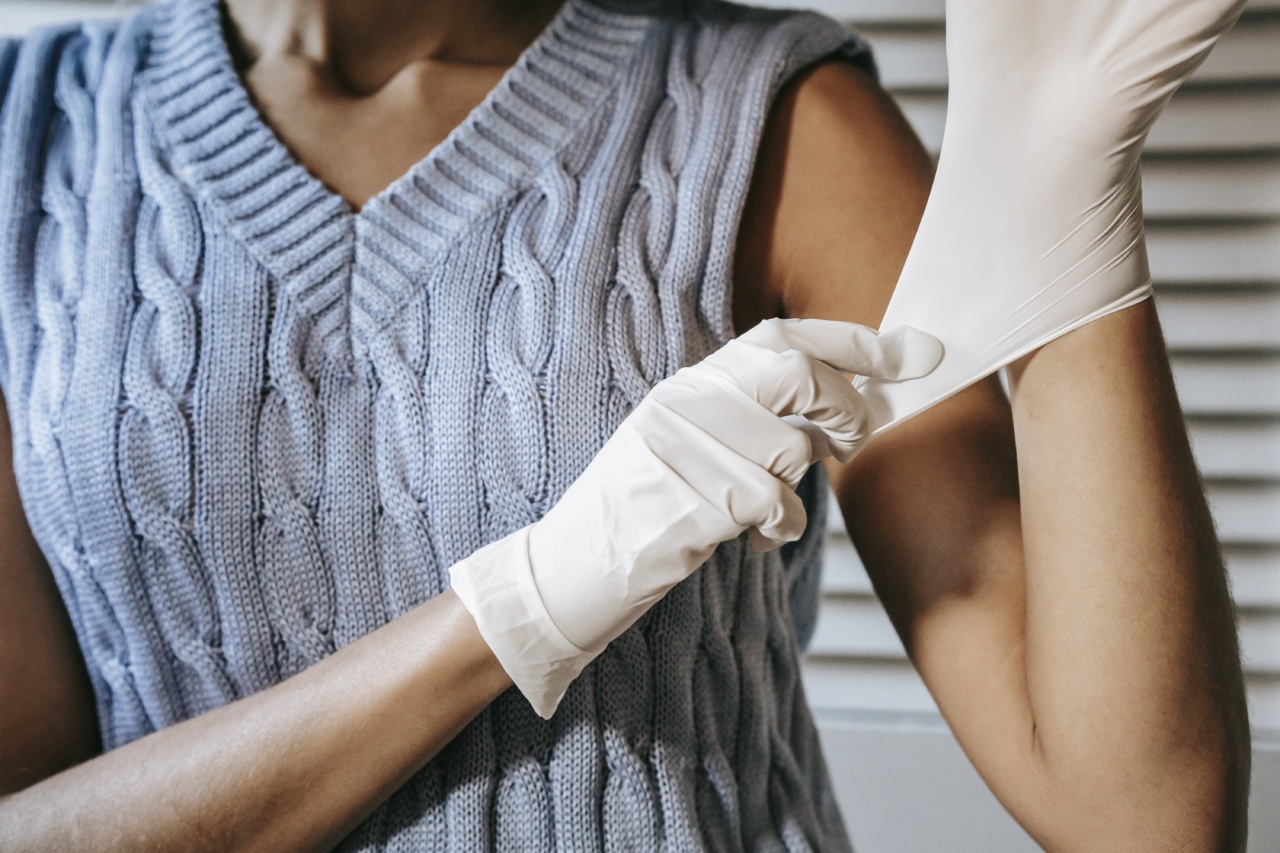When it comes to sleep disorders, sleep apnea is one that affects millions of people around the world. While it is commonly associated with men, it is important for women to be aware of the risks and consequences of sleep apnea as well.
Sleep apnea can have serious implications for one’s overall health and well-being, and understanding this condition is crucial in seeking effective treatment.
What is Sleep Apnea?
Sleep apnea is a sleep disorder characterized by pauses or interruptions in breathing during sleep. These interruptions can last from a few seconds to minutes and may occur multiple times throughout the night.
The most common type of sleep apnea is obstructive sleep apnea (OSA), which occurs when the throat muscles relax and block the airway.
The Prevalence of Sleep Apnea in Women
Traditionally, sleep apnea has been thought to primarily affect men. However, recent research has shown that sleep apnea is just as prevalent in women, although it is often underdiagnosed.
Women tend to experience different symptoms and have different risk factors compared to men, making it important to raise awareness about sleep apnea in women.
Symptoms and Risk Factors Unique to Women
While some symptoms of sleep apnea are common to both men and women, there are certain symptoms that are more commonly experienced by women:.
Pregnancy and Sleep Apnea
During pregnancy, hormonal changes can increase the risk of developing sleep apnea. Additionally, the weight gain associated with pregnancy can contribute to the narrowing of the airway, making it more likely for sleep apnea to occur.
It is important for pregnant women to be aware of the potential risks and seek medical evaluation if sleep apnea symptoms arise.
Menopause and Sleep Apnea
During menopause, women experience a decline in estrogen levels, which can lead to weight gain and changes in the upper airway. These changes can increase the risk of developing sleep apnea.
Women going through menopause should pay close attention to their sleep patterns and seek medical attention if they suspect sleep apnea.
Undiagnosed and Untreated Sleep Apnea in Women
One of the primary reasons sleep apnea is often underdiagnosed in women is due to the perception that it is a male-dominated condition.
Women may also exhibit different symptoms, such as mood disturbances, insomnia, and fatigue, which can be attributed to other factors. This often leads to misdiagnosis or failure to seek medical attention.
The Health Consequences of Untreated Sleep Apnea in Women
Untreated sleep apnea can have serious implications for women’s overall health and well-being. Some of the potential health consequences include:.
Effects on Mental Health and Well-being
Chronic sleep deprivation caused by sleep apnea can lead to mood disturbances, irritability, and difficulty concentrating. Women with untreated sleep apnea may also experience an increased risk of developing depression and anxiety disorders.
Cardiovascular Health Risks
Sleep apnea is associated with an increased risk of high blood pressure, heart disease, stroke, and other cardiovascular disorders.
Women with untreated sleep apnea have a higher likelihood of developing these conditions compared to women without sleep apnea.
Impact on Metabolic Health
Untreated sleep apnea is also linked to metabolic disorders such as insulin resistance, type 2 diabetes, and obesity. The combination of poor sleep quality and disrupted hormones can result in weight gain and difficulty in managing blood sugar levels.
Seeking Diagnosis and Treatment
If you suspect that you or someone you know may have sleep apnea, it is important to seek medical evaluation and diagnosis. Diagnosis typically involves a sleep study, where your sleep patterns and breathing are monitored overnight.
Treatment options for sleep apnea include:.
Continuous Positive Airway Pressure (CPAP) Therapy
CPAP therapy involves wearing a mask that delivers a continuous flow of air to keep the airway open during sleep. This is the most common and effective treatment for sleep apnea.
Oral Appliances
Oral appliances are custom-fit devices worn in the mouth to help keep the airway open. They are a less invasive alternative to CPAP therapy and can be effective for mild to moderate sleep apnea.
Lifestyle Changes
Making certain lifestyle changes can also help manage sleep apnea symptoms. These include:.
Conclusion
Women need to be aware of the risks and consequences of sleep apnea in order to protect their overall health and well-being.
It is important to recognize the unique symptoms and risk factors that women may experience and to seek medical evaluation and treatment when necessary. With proper diagnosis and treatment, women can effectively manage their sleep apnea and improve their quality of life.






























